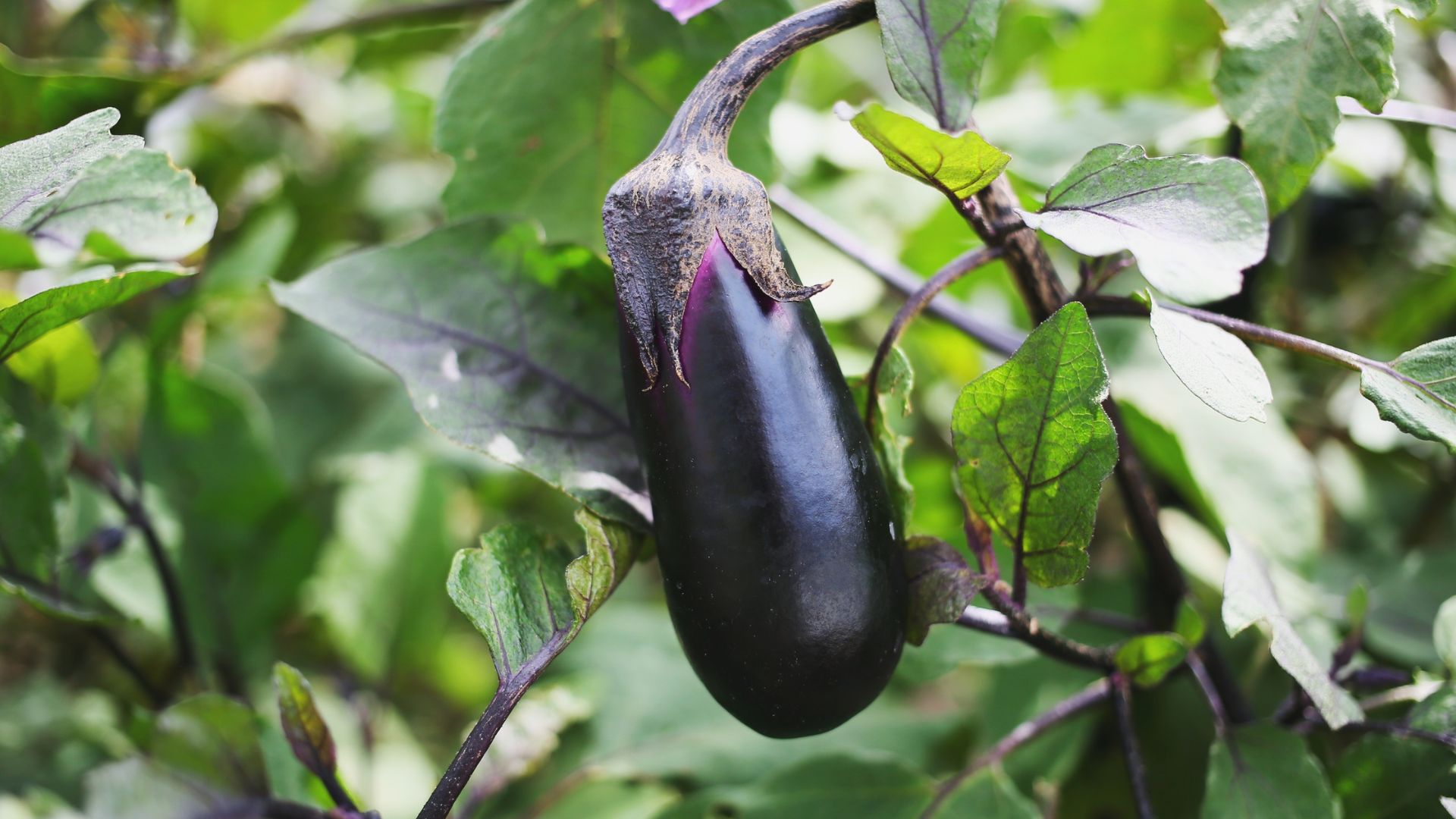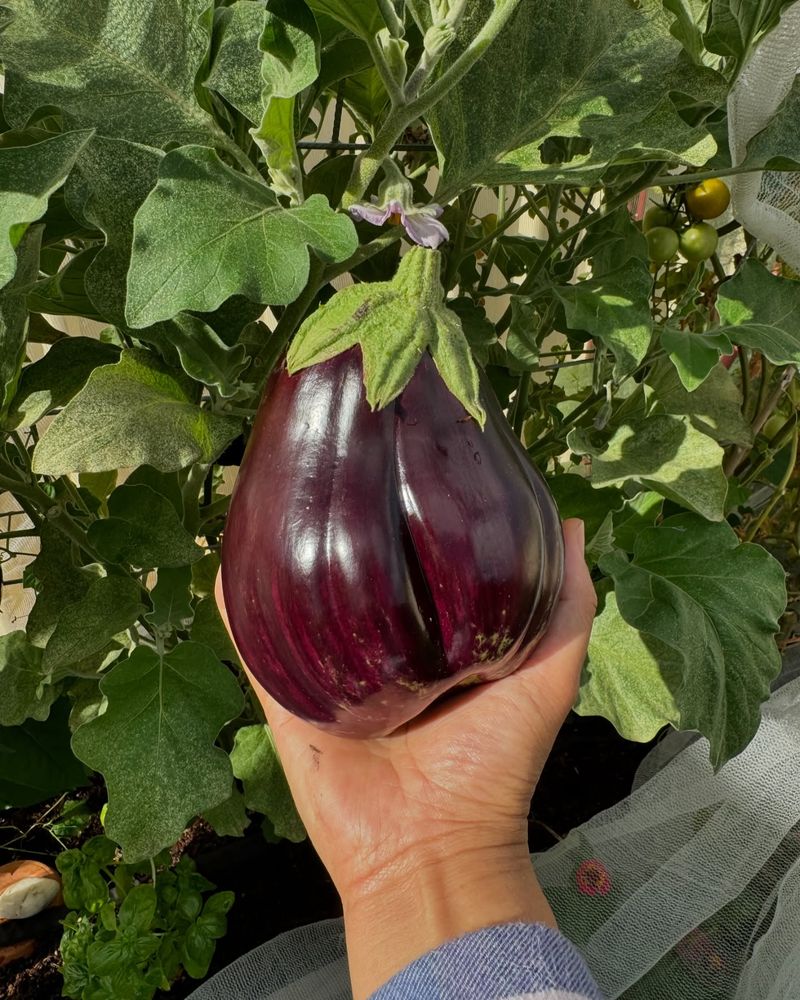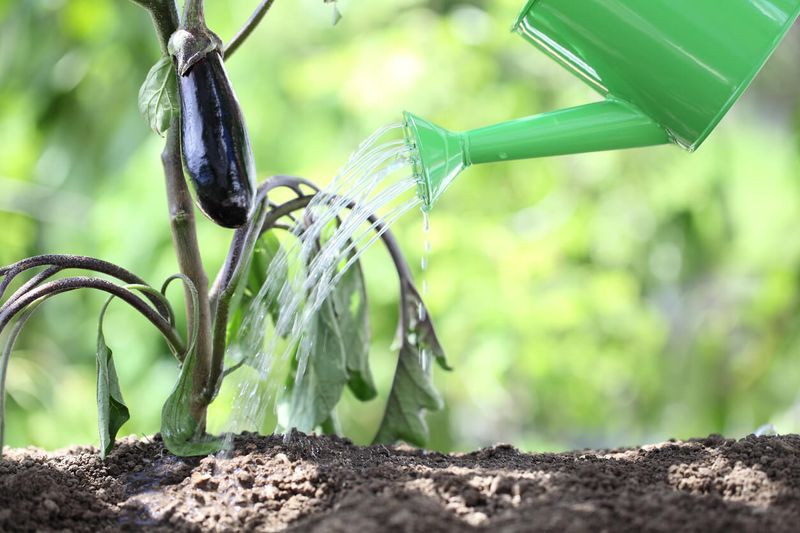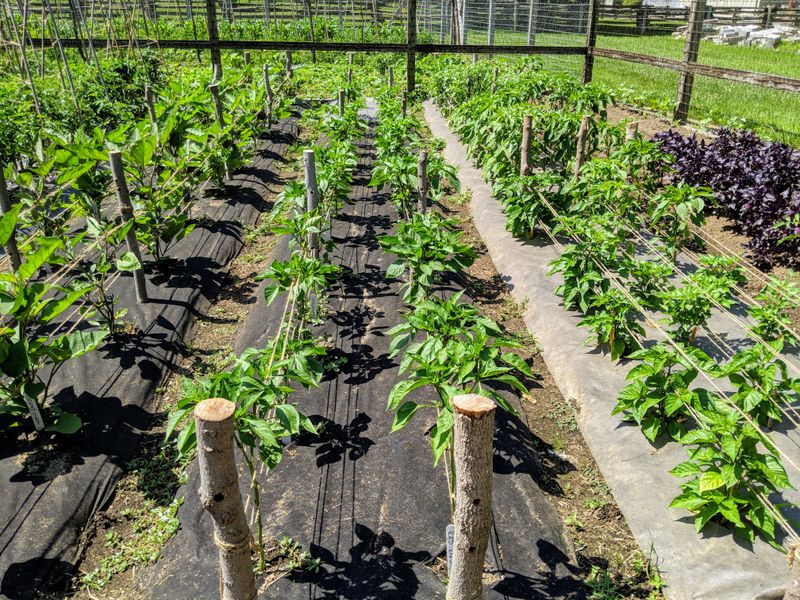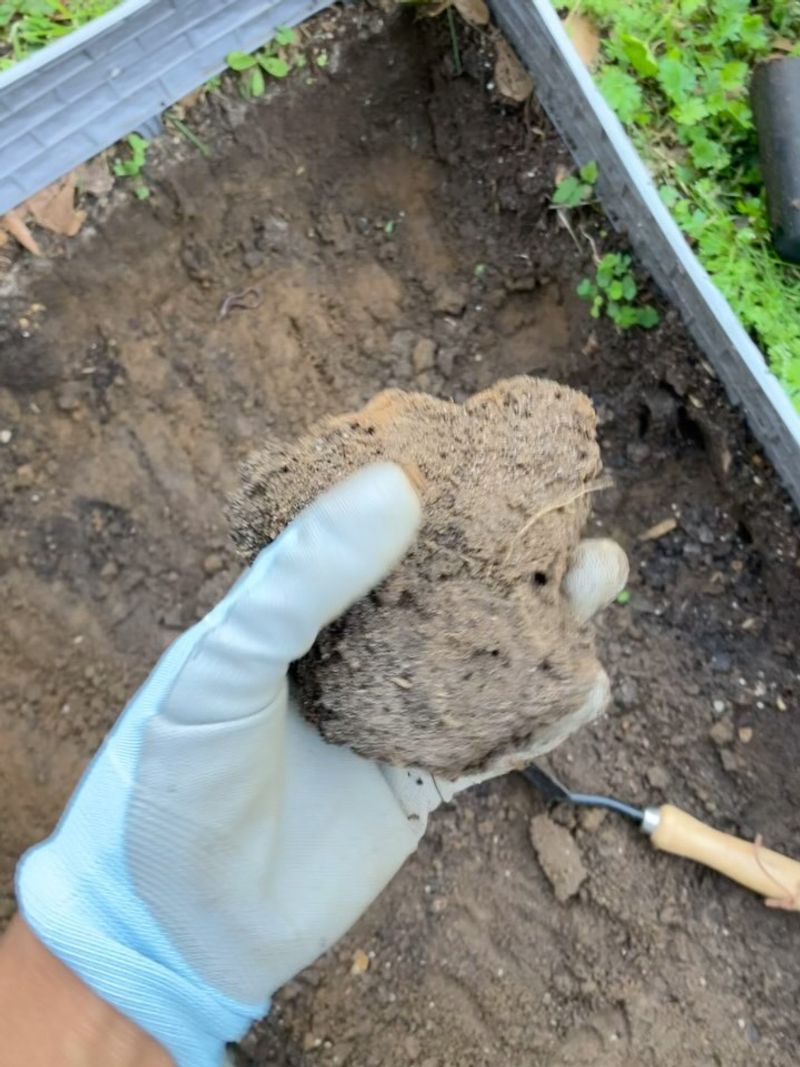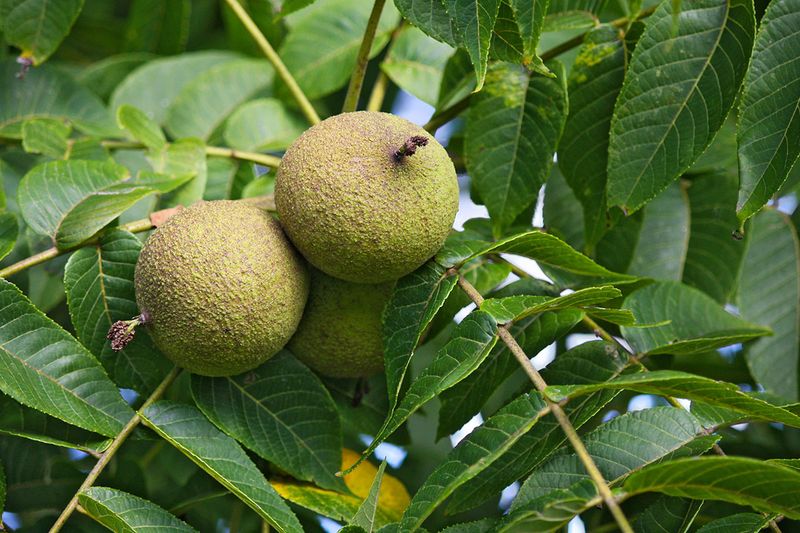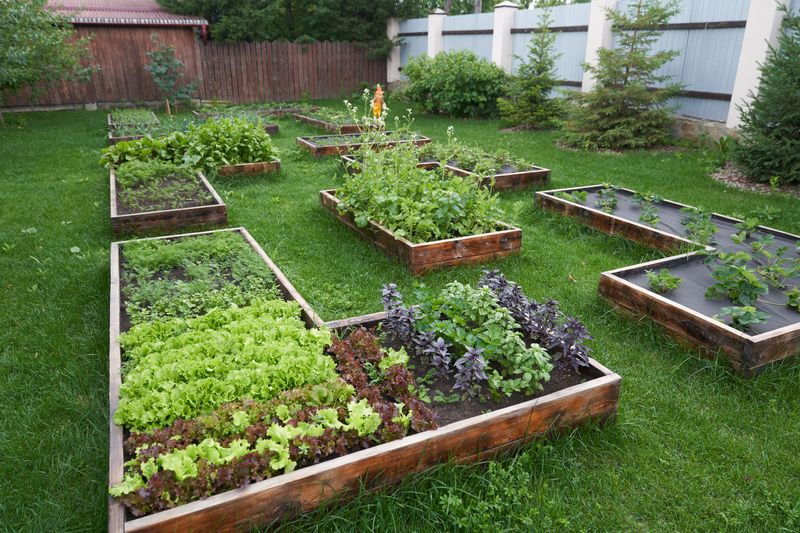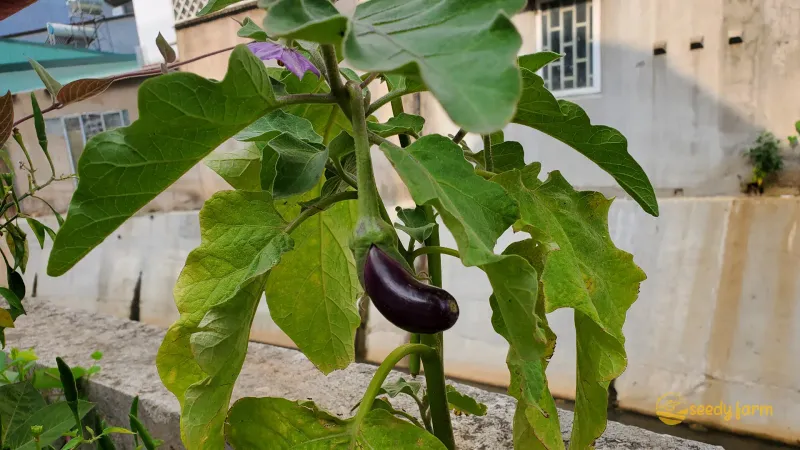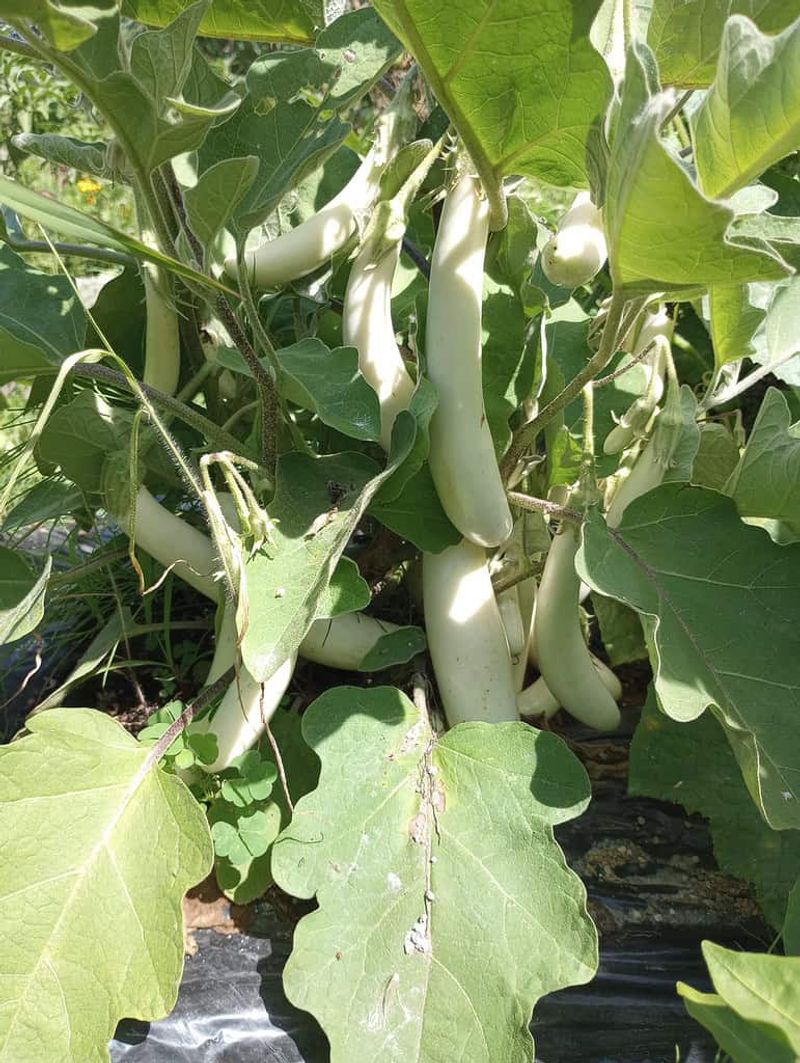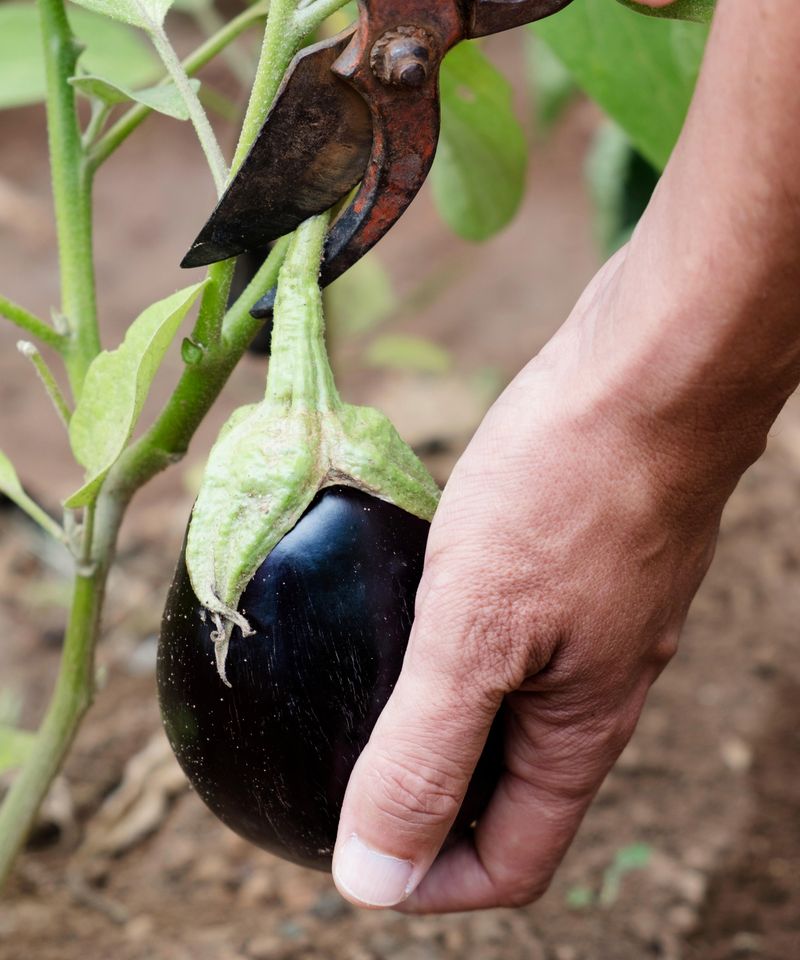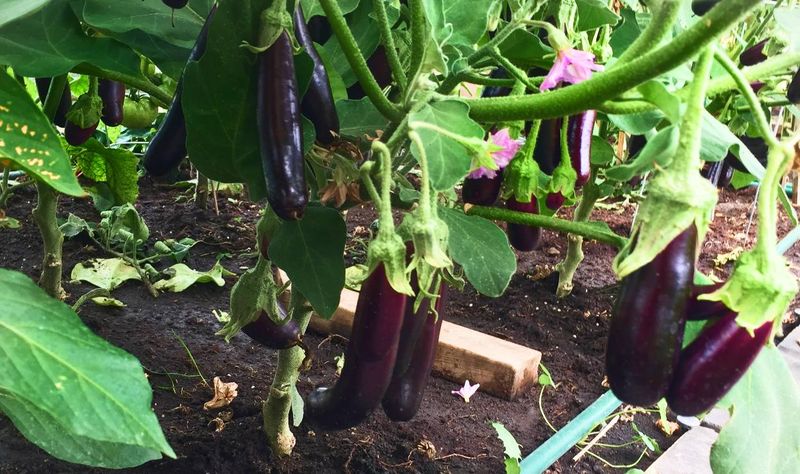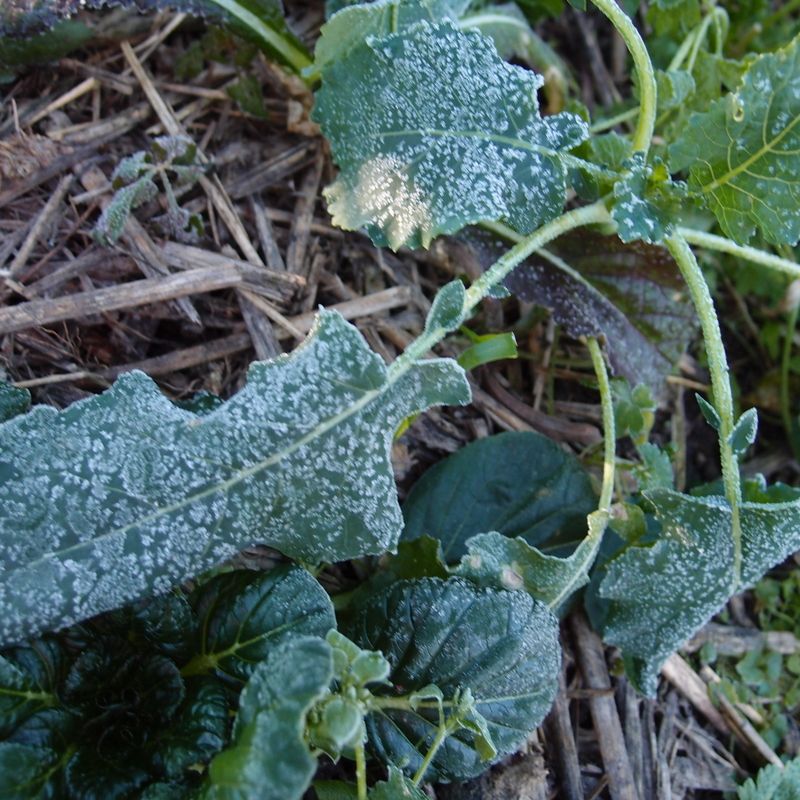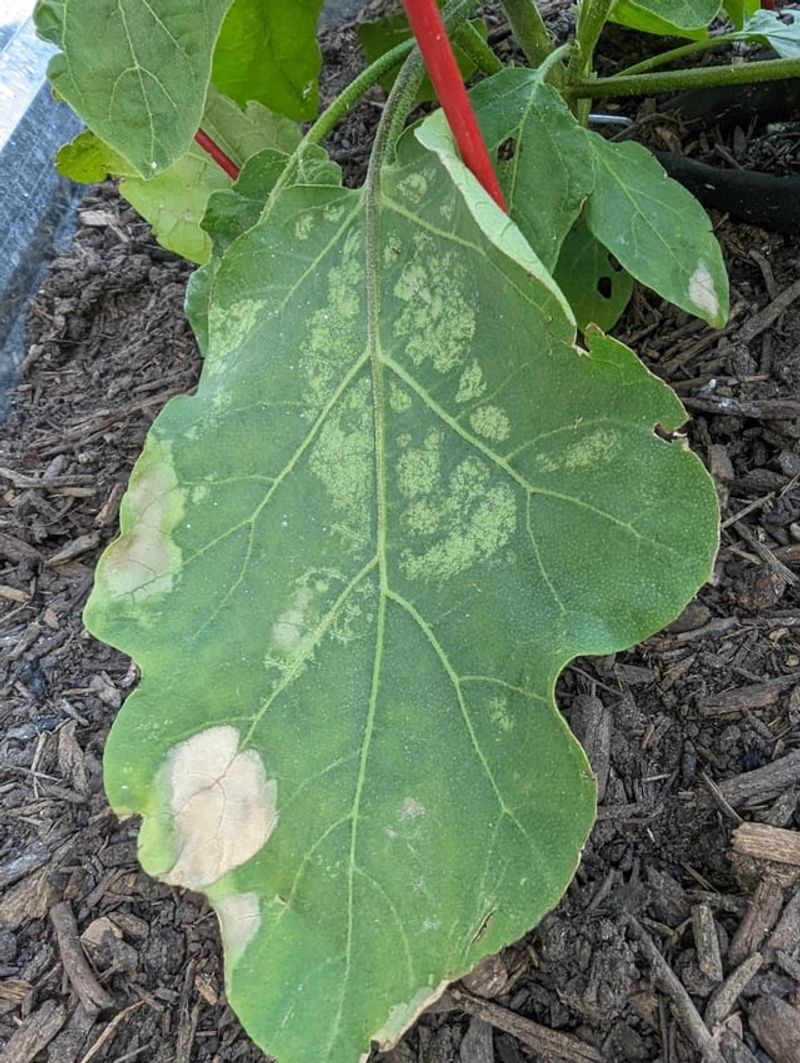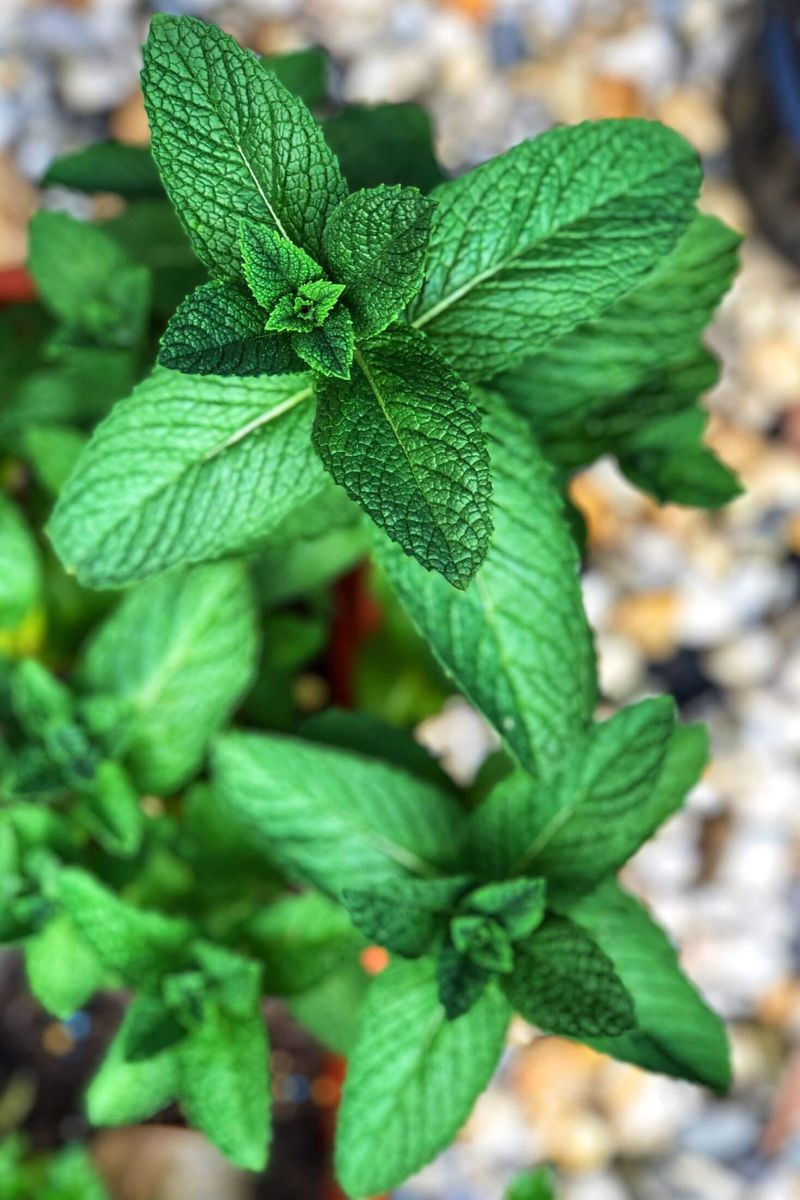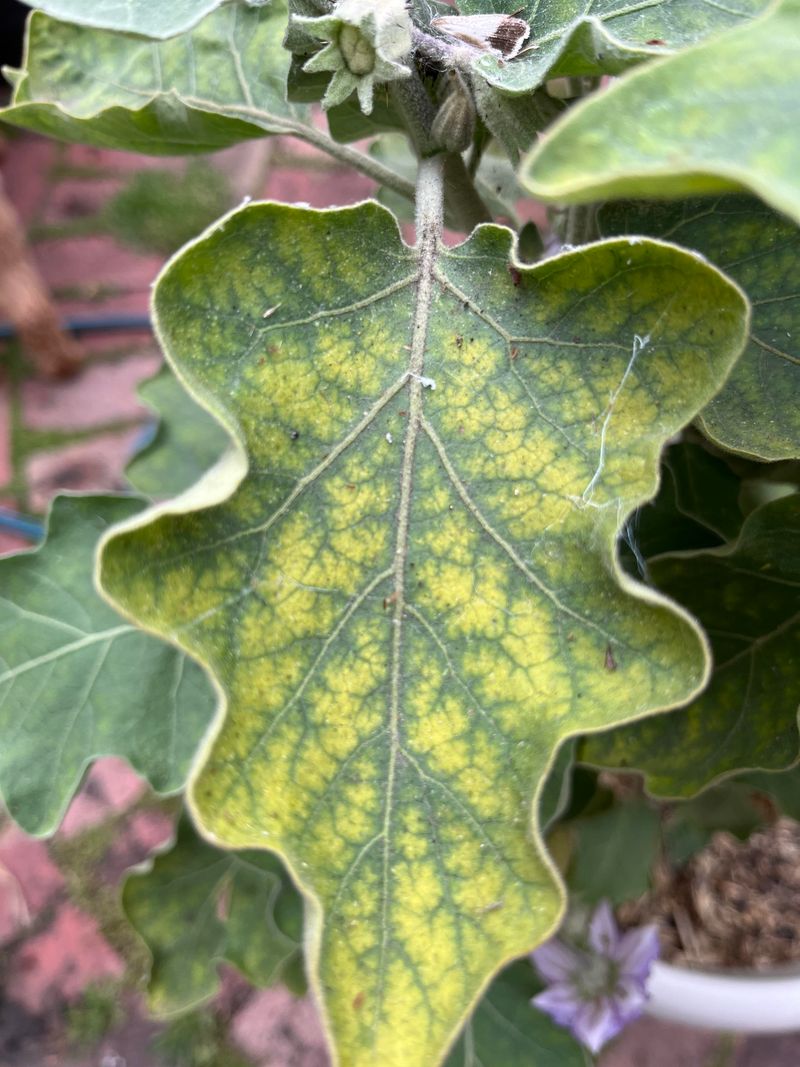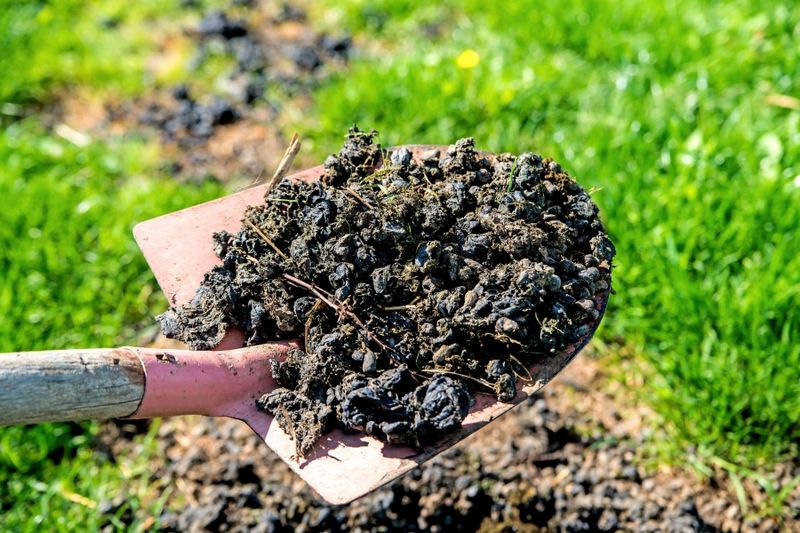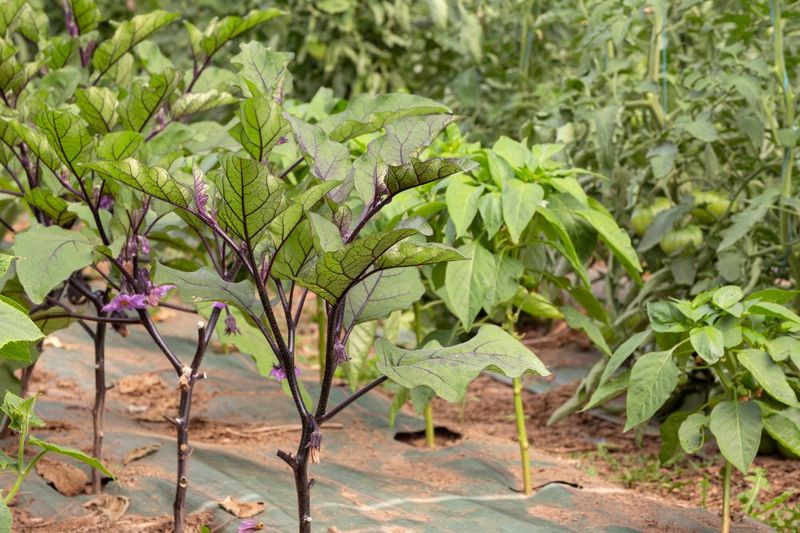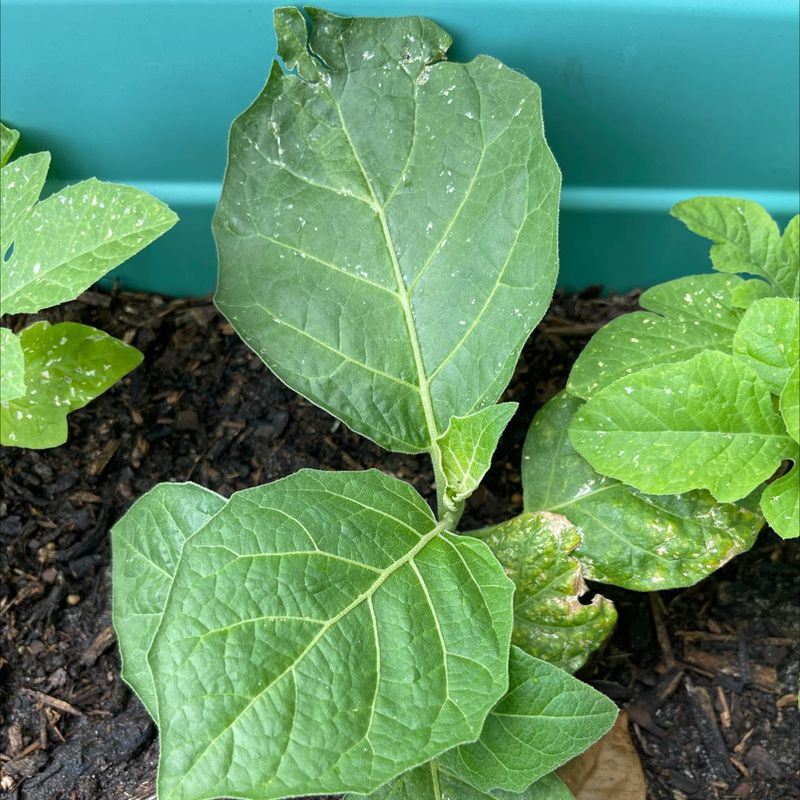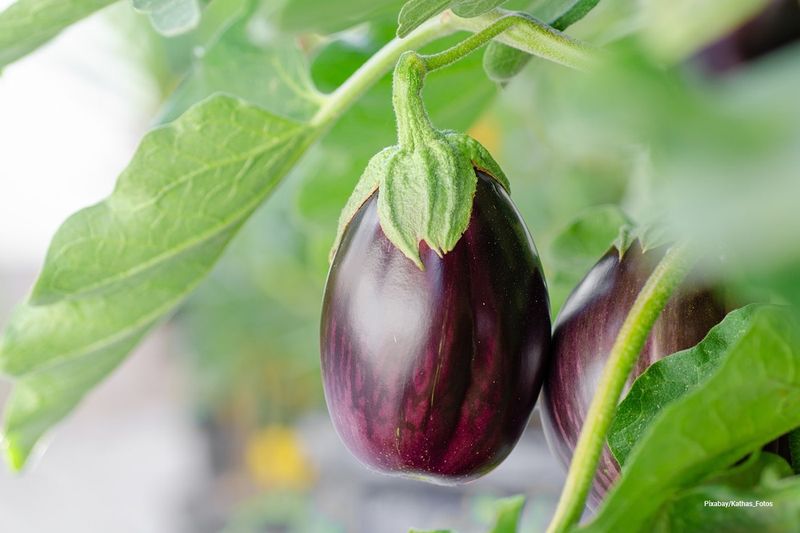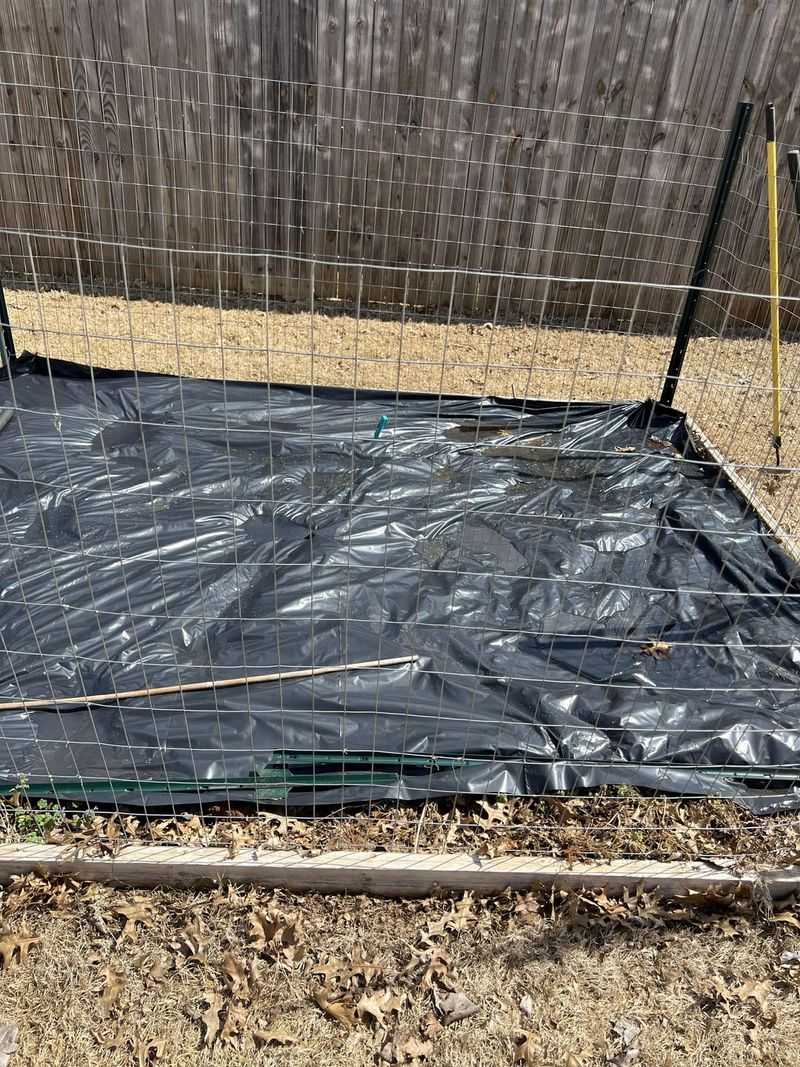Growing eggplants can be rewarding, but they’re pickier than many gardeners expect. These glossy purple vegetables need specific conditions to thrive, and planting them in the wrong spot can mean the difference between a bountiful harvest and disappointment.
I once made the mistake of planting my eggplants in a shady corner of my garden, thinking they’d be fine with just a few hours of sun. Two months later, I had sad, leggy plants with exactly zero eggplants to show for my efforts.
Eggplants are heat-loving crops that need special attention to soil, spacing, and companions. Knowing where NOT to plant them is just as important as knowing where they’ll flourish.
1. Shady Garden Corners
Eggplants are sun worshippers, requiring at least 6-8 hours of direct sunlight daily. Tucking them into shady spots is a recipe for failure. Plants become stretched and weak as they desperately reach for light.
When I planted mine along the north side of my garage, they grew tall but produced only two small, bitter fruits. The leaves were pale and the stems spindly.
Always choose your sunniest garden spot for eggplants. They’ll reward you with stronger growth, earlier fruiting, and significantly higher yields than their shade-suffering counterparts.
2. Cold, Wet Soil
Eggplants absolutely hate cold feet! These tropical-origin vegetables need warm soil to develop properly. Planting in cold, soggy ground stunts root development and often leads to root rot before the plants even get started.
My neighbor planted hers too early last spring in a low spot that stayed wet. The plants turned yellow and never recovered despite the warmer weather that followed.
Wait until soil temperatures reach at least 60°F before planting. Consider raised beds or black plastic mulch to warm soil faster in cooler climates where eggplants might otherwise struggle.
3. Too Close To Tall Plants
Corn, sunflowers, and other tall garden residents make terrible neighbors for eggplants. These giants cast long shadows and steal precious sunlight that eggplants desperately need for fruit production.
Last summer, I experimented by planting eggplants near my sunflower border. The sunflowers quickly outgrew them, creating afternoon shade that noticeably reduced my harvest on that side of the garden.
Give your eggplants their own space away from tall crops. If garden space is limited, place them on the south side of taller plants to minimize shadowing throughout the growing season.
4. Heavy Clay Soil
Clay soil spells trouble for eggplants. The dense structure restricts root growth and holds too much moisture after rain, suffocating roots. Clay also warms slowly in spring, delaying growth when eggplants should be establishing themselves.
The first year in my new garden, I planted directly into clay soil. The eggplants grew at half the rate of those I later planted in amended beds.
If you’re stuck with clay, create raised beds filled with compost-rich soil. Alternatively, dig large holes for each plant and backfill with premium garden soil mixed with compost for better drainage and root development.
5. Near Walnut Trees
Walnut trees are silent eggplant killers. They produce juglone, a natural chemical that’s toxic to nightshade family plants like eggplants. This chemical leaches into soil from roots and fallen leaves.
A friend couldn’t figure out why her eggplants always failed until we realized they were within the root zone of her black walnut tree. Moving them to raised beds on the opposite side of her yard solved the problem.
Keep eggplants at least 50-60 feet away from walnut trees. If that’s impossible, use deep containers with fresh soil to create a barrier between your plants and the toxic soil.
6. Previous Nightshade Locations
Rotating crops is crucial for eggplants. Planting them where tomatoes, peppers, or potatoes grew recently invites disease and pest problems that linger in soil. These nightshade relatives share the same vulnerabilities.
I learned this lesson when my eggplants developed early blight after I planted them in last year’s tomato bed. The disease spread quickly, reducing my harvest significantly.
Wait at least three years before planting eggplants where any nightshade family member grew. Keep a garden journal to track rotations, ensuring your eggplants get fresh ground that hasn’t hosted their relatives recently.
7. Windy, Exposed Areas
Eggplants have relatively brittle stems that snap easily in strong winds. Their large leaves act like sails, catching gusts that can damage or even uproot young plants before they’re established.
The corner of my garden that faces an open field produced stunted eggplants with wind-damaged leaves. The constant stress reduced flowering and fruit set compared to sheltered plants.
Choose a location with natural windbreaks like fences or shrubs. If no protected spot exists, consider creating temporary barriers with garden fabric stretched between stakes, or plant in large, heavy containers that can be positioned in sheltered locations.
8. Too Close To Other Eggplants
Overcrowding eggplants is tempting when garden space is limited. However, these plants need room for air circulation and root development. Cramped quarters lead to competition for nutrients and increased disease problems.
When I tried maximizing my harvest by planting eggplants just 12 inches apart, they produced smaller fruits and fewer of them. The inner leaves yellowed from lack of light.
Space plants at least 18-24 inches apart in rows 30-36 inches wide. This spacing allows each plant to develop a full canopy while maintaining enough airflow to prevent fungal diseases that thrive in humid, still conditions.
9. Compacted Pathways
Garden pathways and high-traffic areas spell disaster for eggplants. Their roots struggle to penetrate densely packed soil, limiting their access to water and nutrients below the surface.
The plants I mistakenly placed near our garden entrance remained stunted all season. Their shallow root systems made them drought-sensitive and unstable, toppling over when fruit finally developed.
Avoid any area where people frequently walk or where equipment has compacted the soil. If you must use such areas, consider deep tillage before planting or switch to raised beds that eliminate the compaction problem entirely.
10. Near Fennel Plants
Fennel makes a particularly bad neighbor for eggplants. This herb releases compounds that inhibit growth in many vegetables, especially nightshades. The allelopathic effect can reduce eggplant yields without showing obvious symptoms.
I once planted fennel as a pretty border near my eggplants. Those closest to the fennel produced about half as many fruits as those farther away, despite identical care.
Keep fennel in a separate garden section altogether. If you love both plants, consider growing fennel in containers placed far from your eggplant beds to prevent their root systems from interacting underground.
11. Low-Lying Frost Pockets
Cold air flows like water, settling in the lowest parts of your garden. These frost pockets can damage eggplants even when the rest of your garden remains frost-free, especially in spring and fall.
My garden dips slightly in one corner, and eggplants planted there were the first to show cold damage when temperatures dropped unexpectedly in early fall. The plants in slightly elevated areas continued producing for weeks longer.
Plant eggplants on slight slopes or raised areas where cold air will drain away. Avoid depressions or areas surrounded by walls or dense hedges that trap cold air during temperature drops.
12. Under Roof Drip Lines
The area where water drips off roofs creates problematic growing conditions for eggplants. During heavy rain, these spots receive excessive water that can splash soil-borne diseases onto plants and cause root problems.
My garage garden bed receives concentrated runoff during storms. The eggplants planted there developed leaf spots after every heavy rain, while identical plants just five feet away stayed healthy.
Position eggplants away from buildings where water might cascade off roofs. If you must use these areas, install gutters or create drainage channels to divert water away from plants during heavy rainfall.
13. Near Aggressive Mint Family Plants
Mint, oregano, and other aggressive herbs may seem like innocent companions, but their invasive root systems quickly overwhelm eggplants. These herbs compete aggressively for water and nutrients while potentially shading out young eggplant seedlings.
Last year, I planted eggplants near what seemed like a small oregano patch. By mid-summer, the oregano had infiltrated the entire bed, and my eggplants struggled to compete.
Keep mint family plants in containers or dedicated herb beds with barriers. If you want herbs near eggplants, choose less aggressive varieties like basil or dill that won’t take over the growing space.
14. Alkaline Soil Areas
Eggplants prefer slightly acidic to neutral soil with a pH between 5.5 and 6.8. Areas with alkaline soil (above 7.0) prevent eggplants from absorbing essential nutrients, particularly iron, resulting in yellowing leaves and poor fruit development.
The section of my garden near our concrete patio has more alkaline soil. Eggplants there developed interveinal chlorosis—green veins with yellow leaf tissue—a classic sign of iron deficiency.
Test your soil before planting and amend alkaline areas with sulfur or acidic organic matter like pine needles or coffee grounds. Alternatively, grow eggplants in containers filled with properly pH-balanced potting mix.
15. Fresh Manure Applications
Fresh animal manure seems like a gift for hungry eggplants, but it’s actually problematic. Uncomposted manure can burn tender roots with excess nitrogen and harbor pathogens that contaminate fruits that grow close to soil.
A well-meaning neighbor gave me fresh horse manure which I immediately worked into my eggplant bed. The plants initially grew lush foliage but few flowers, and several developed stem rot where they contacted the soil.
Only use manure that has been properly composted for at least six months. If you have fresh manure, apply it in fall for spring planting, giving it time to break down over winter.
16. Alongside Brassica Family Plants
Broccoli, cabbage, and other brassicas make poor companions for eggplants. These heavy feeders compete for the same nutrients, particularly nitrogen and calcium. Their different pest profiles can also complicate your garden management.
When I interplanted eggplants with kale, both crops underperformed. The eggplants showed calcium deficiency with blossom end rot, while the kale attracted cabbage moths that then investigated my nearby eggplants.
Group plants by family and feeding needs. Place brassicas in a separate garden section from nightshades like eggplants, allowing you to tailor fertilization and pest management strategies to each group’s specific requirements.
17. Areas With Poor Drainage
Standing water is a death sentence for eggplants. These plants hate wet feet and quickly develop root rot in soggy conditions, leading to wilting despite wet soil—a confusing symptom for many gardeners.
The low spot in my garden collected water after heavy rains. Eggplants there developed yellowing leaves that started at the bottom and worked upward, eventually wilting and dying despite regular watering.
Before planting, check drainage by digging a 12-inch hole and filling it with water. If it hasn’t drained within a few hours, choose another location or build raised beds that provide the excellent drainage eggplants require.
18. Recently Tilled Weedy Areas
Freshly tilled weedy patches seem like convenient planting spots, but they’re trouble for eggplants. Weed seeds brought to the surface will compete aggressively with your young plants, and the disturbed soil structure can slow establishment.
I once cleared a weedy area and immediately planted eggplants. Within weeks, I was fighting an endless battle against fast-growing weeds that constantly threatened to overtake my crop.
Prepare weedy areas at least a month before planting. Till, then allow weed seeds to germinate and remove them before they establish. Repeat this process several times to deplete the weed seed bank before introducing eggplants.
19. Near Black Plastic Mulch In Hot Climates
Black plastic mulch works wonders for eggplants in cool regions but can backfire in hot climates. The heat-reflecting material can raise soil temperatures above the optimal range, stressing plants and reducing flowering during summer heat waves.
During our record-breaking heat last summer, my black-mulched eggplants dropped their flowers while those with organic mulch continued producing. Soil temperatures under the plastic exceeded 95°F on the hottest days.
In warm regions, opt for organic mulches like straw or compost that insulate soil without overheating it. If using plastic in hot areas, consider white or silver reflective mulch that keeps soil warm without reaching damaging temperatures.

